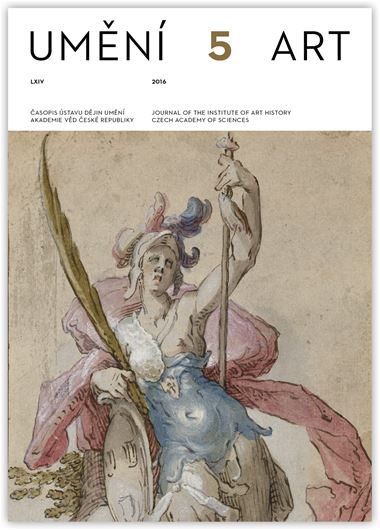Ivo Hlobil
Der rote Mantel der Sternberger Madonna — ein Unikum des böhmischen Schönen Stils?
The first research on the polychrome decoration of the Madonna of Šternberk was done by restorer František Sysel in 1958. Albert Kutal, in his book České gotické sochařství 1350–1450 (1962) (Czech Gothic Sculpture 1350–1450), noted that the Madonna of Šternberk is the only beautiful Madonna with a red cloak. In 1978 the Madonna of Šternberk sparked considerable interest at ‘Die Parler und der Schöne Stil. Europäische Kunst unter den Luxemburgern’ exhibition in the Schnütgen Museum in Cologne, in part because of its unusual polychrome colour scheme, which Anton Legner dated as originating in the 16th century. Robert Suckale identified the iconography as belonging to the category of madonnas del perpetuo succorsu. In the final volume of the catalogue to the Cologne exhibition, Robert Suckale added to the argumentation in support of this iconographic interpretation by noting the colour of the cloak, the authenticity of which he did not question. In 1998 further analyses by František Sysel confirmed that while the red colour of the cloak on the Madonna of Šternberk is a primary colour, it does not date from the time the sculpture was created and is not contemporaneous with the first polychrome layer of painting. In 2014–2015 a non-invasive scientific examination of the polychrome decoration of the Madonna of Šternberk was carried out in the analytical-chemistry laboratory of the National Gallery in Prague (Radka Šefců), which ‘proved on the basis of two samples the existence of a layer of impurities on the surface of the marlstone, which could support the hypothesis that the sculpture originally for a period of time was without any polychrome decoration’. The author then recommended expanding the research by taking and analysing three ‘precisely localised micro-samples’. Contrary to the previous analysis, this analysis did not confirm the existence of ‘soiling’ on the surface of the sculpture before it was polychromed. The study of the red polychrome on the Madonna of Šternberk cannot yet be concluded.
Full-text in the Digital Library of the Czech Academy of Sciences:
https://kramerius.lib.cas.cz/uuid/uuid:4bbaa15d-d525-4db3-83bd-a98e845ff562
< back

